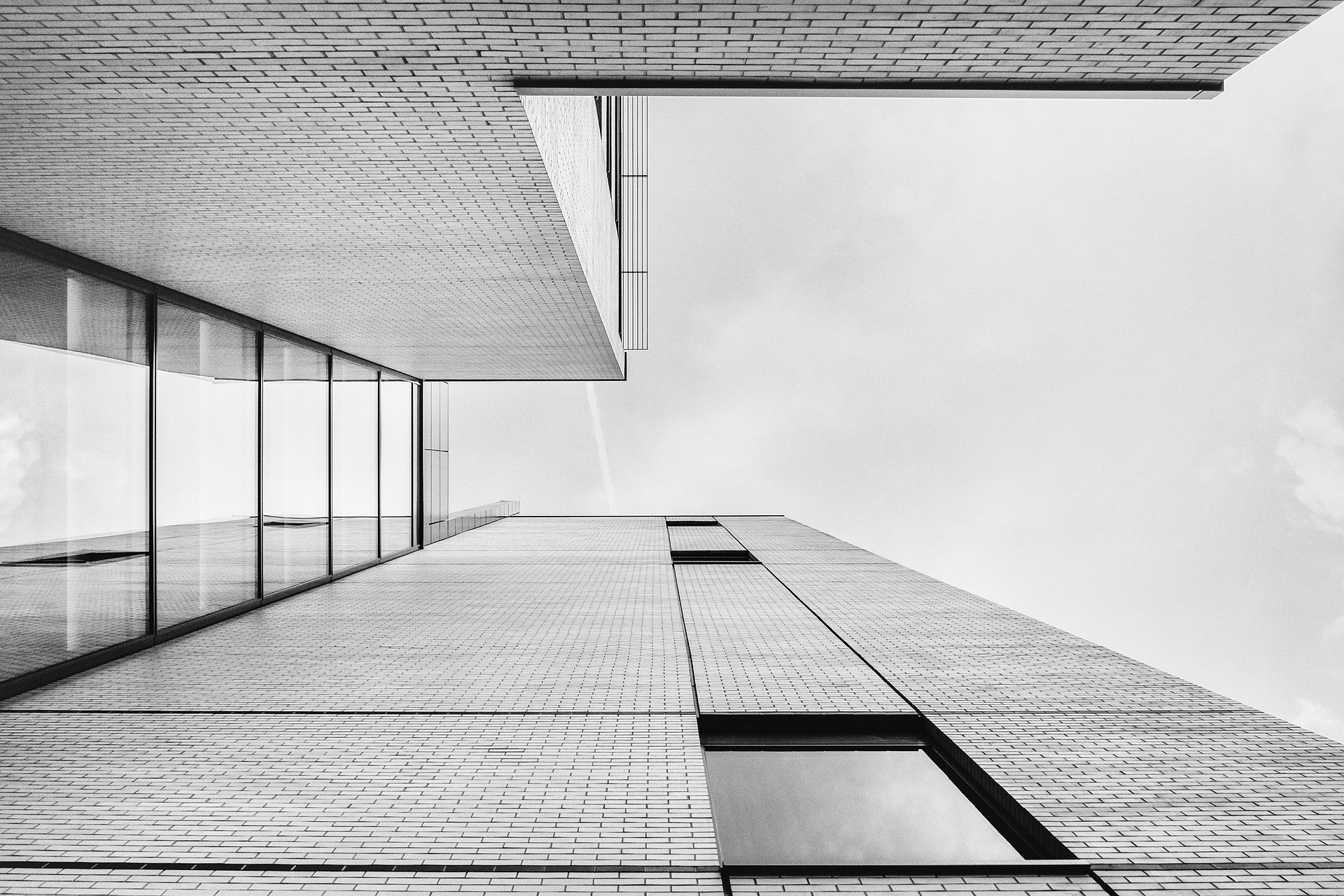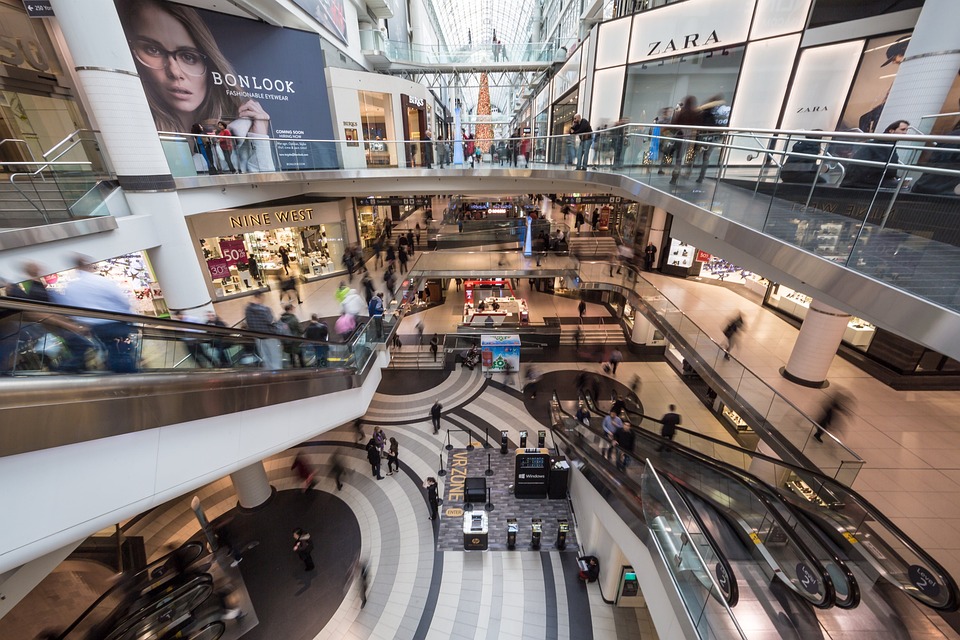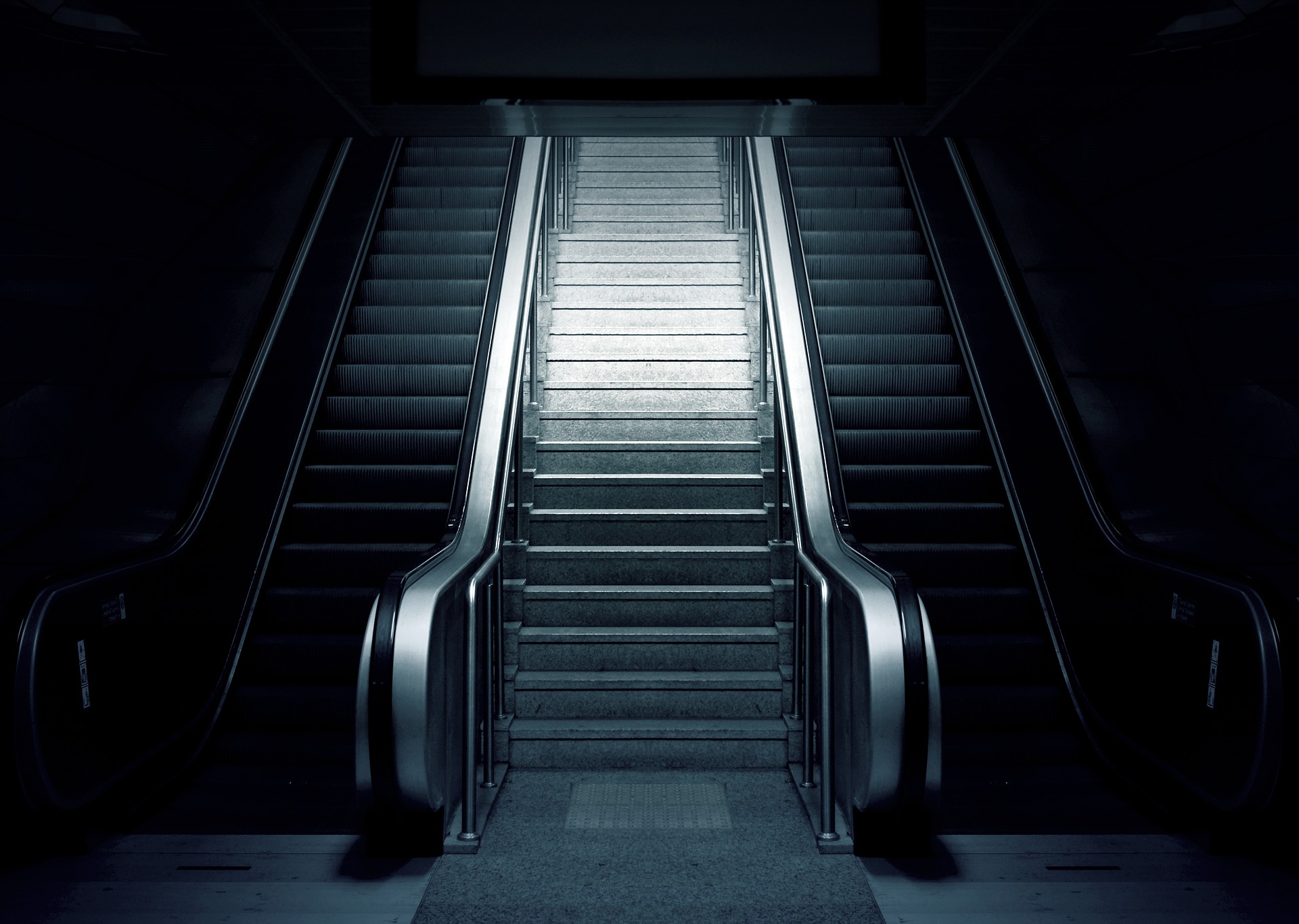Indoor wayfinding is a key part of improving people’s experience in your building and campus by eliminating frustration from getting lost, interacting with visitors to increase commercial profitability, and improving accessibility.
Until recently, the potential for cost-effective investment was limited by technological barriers such as the wayfinding weakness of Bluetooth Low Energy (BLE) beacons, WIFI, Magnetic Fields and Cell phone reception. Waymap’s ability to locate users to an accuracy of around 3 feet location and 10 degree heading without infrastructure, using just a smartphone, removes these barriers. We can increase operational resilience for your wayfinding system, reduce maintenance overheads and, perhaps most importantly, provide guidance for a user’s entire journey through multiple environments.
For a long time, it was thought that Bluetooth beacons might be able to provide accurate indoor location. This Bluetooth Low Energy (BLE) technology works with smartphones and is being widely adopted for proximity marketing. On first review, beacons looked to be a simple and cheap solution for indoor navigation. Most recently, enthusiasm and expectations for the use of BLE for Covid-19 for contact tracing were very high. As we have now seen however, beacons are not an accurate measure of proximity: Nor are they an accurate measure of location.
Beacons use received signal strength indicator (RSSI) to estimate distance. In typical usage, the same signal strength indicator has been found at distances of both 3 and 45 feet; and anywhere in between. RSSI is further confounded by how the phone is carried and how many people are nearby. Both substantially and unpredictably change the signal strength for the same distance in the same location.
One option is to place a lot more beacons. A typical recommendation is one every 15 feet: However, even this is not enough; nor is it practical in most situations. During the course of our research, we performed trials in multiple locations around the world with multiple beacon technology providers and none were found to deliver the level of accuracy required to deliver the confidence required of the vision impaired community as defined in the standards. The reliability of beacons is also reduced by vandalism, theft, high maintenance requirements and malfunction in cold weather. Beacons are a useful tool for general proximity, but not for accurate location.
The same results hold true for a wide range of environmental signals that people have attempted to survey to create heatmaps of signal characteristics, including; Wifi, Magnetic Fields and Cell phone reception. At best, signal strength verifies an approximate location. At worst, signal strength will confuse the location service and place the person on the wrong floor or the wrong side of the street, a situation that badly undermines users’ confidence in the wayfinding system.
Confidence in location requires more than accurate location. It also requires accurate heading. For example, the instruction “Turn towards the coffee shop” is not useful for a vision impaired person. To give an instruction to turn left also requires the wayfinding service to know in which direction a person is facing. Neither time-of-flight nor signal-strength location technologies provide any heading information. Smartphone compasses are notoriously inaccurate and while the heading of a car can be reasonably inferred by two GPS readings, this is not so for a person walking.
Confidence to set out on a journey means confidence for the entire journey, not just elements of it. This has implications for any location service that requires infrastructure. Even if a signal-strength approach might work, it is completely impractical to install a device every 15 feet, everywhere; in every building and on every street. Beacon infrastructure requires continual maintenance for low battery, theft and vandalism, and when they do fail any services built on them are brittle and leave an already vulnerable person in no-man’s land without guidance or assistance.





